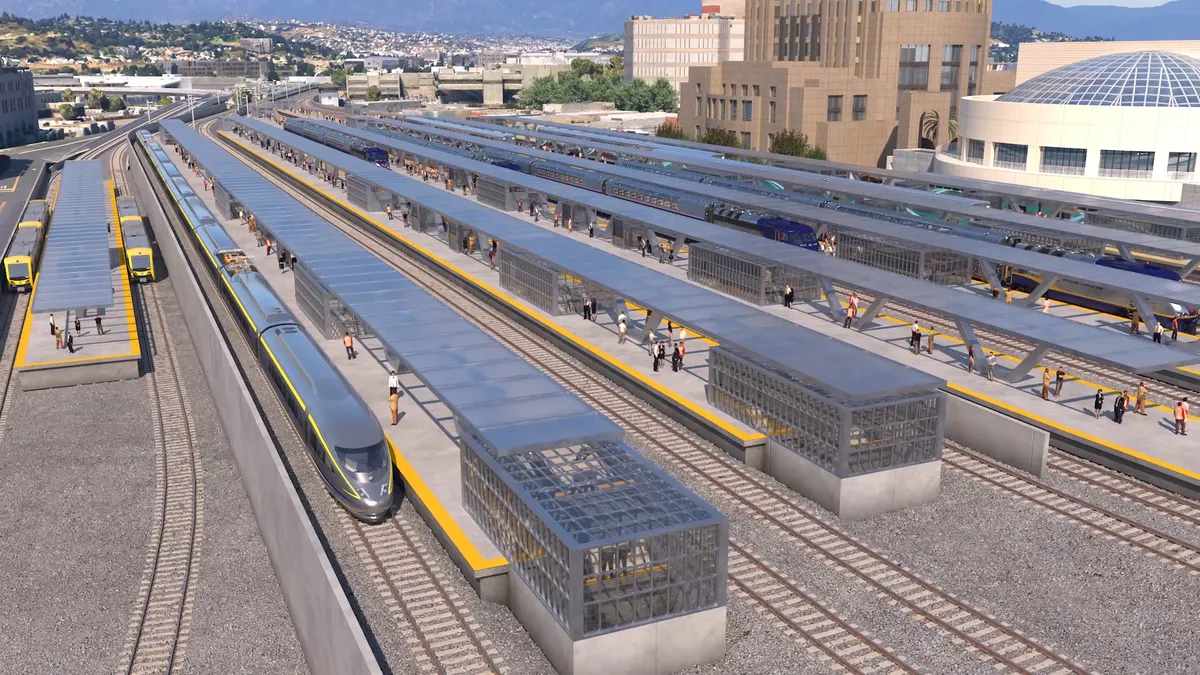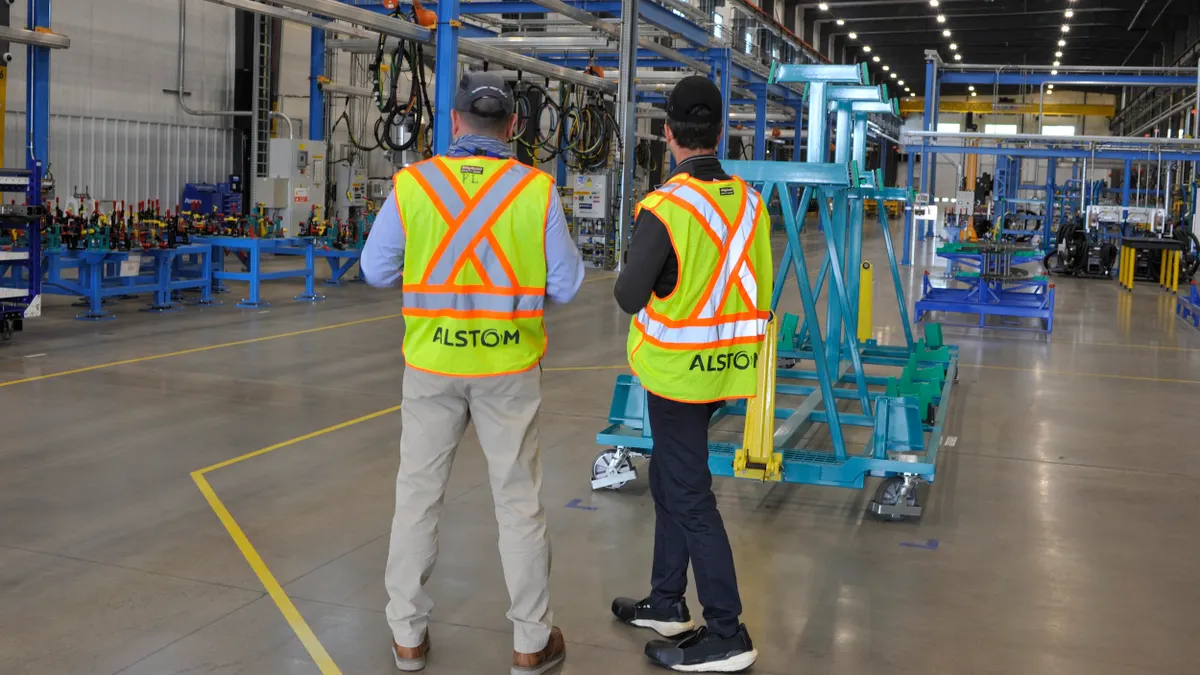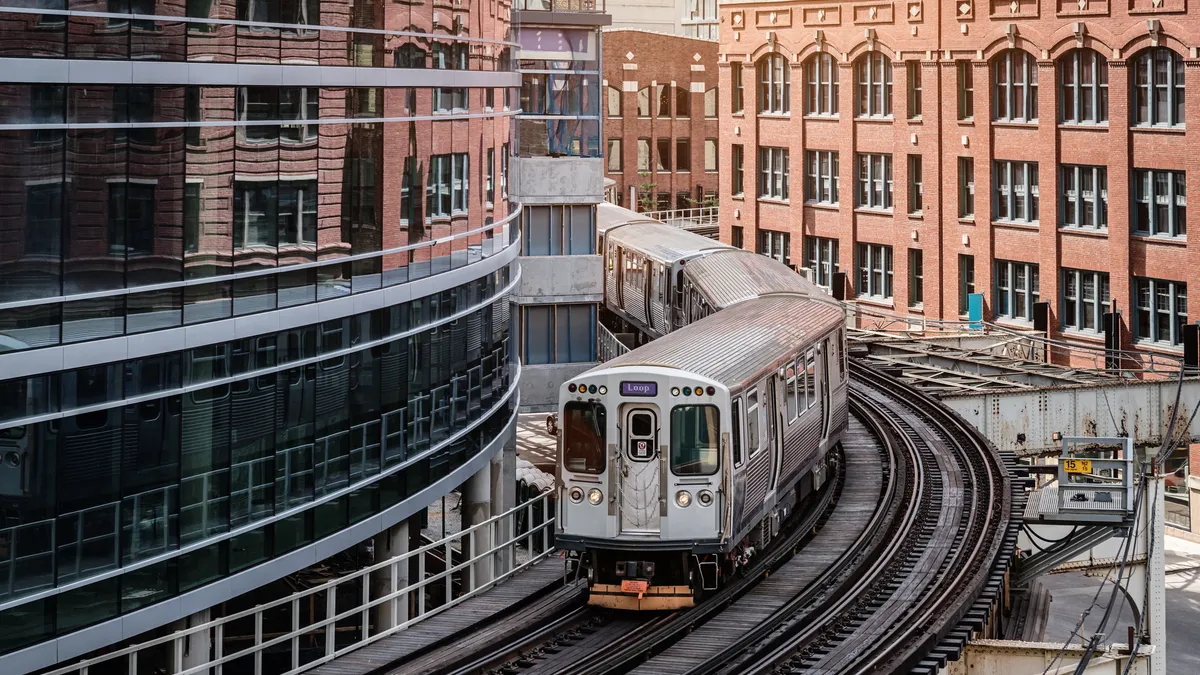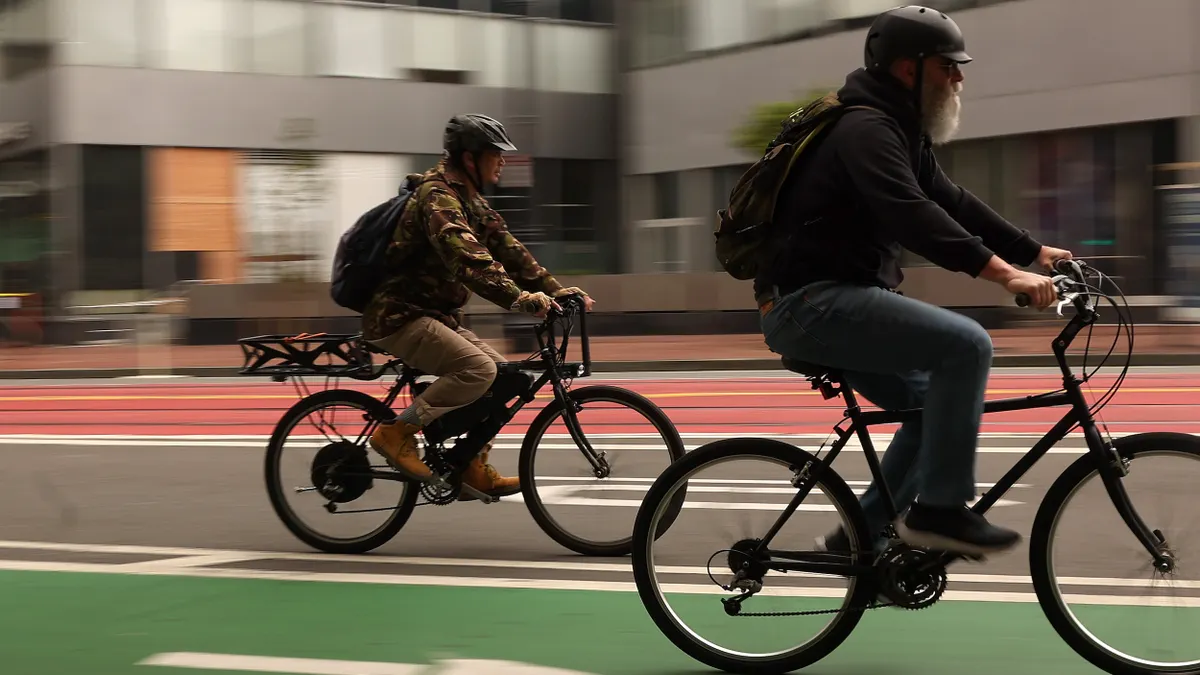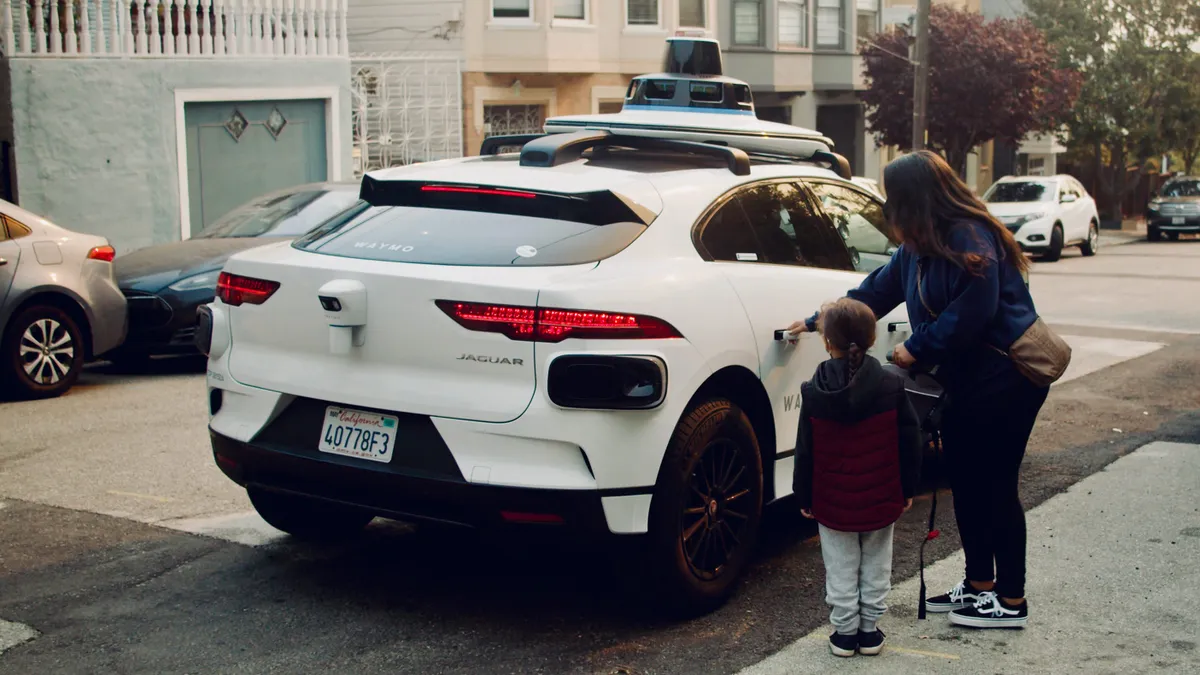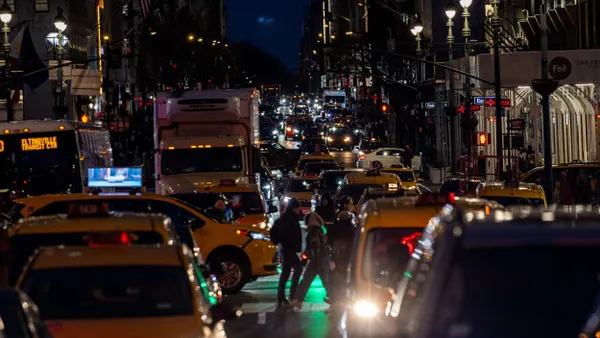Editor's Note: This piece was written by Albane Siramy, global director of corporate affairs and sustainability at Ujet. The opinions represented in this piece are independent of Smart Cities Dive's views.
Cities are the future. Today, more than half of all humans (54%) live in urban areas, according to the UN, and the number is expected to hit 66% by 2050. That’s another 2.5 billion people, based on current population growth projections. Cities also are one of our biggest carbon culprits, responsible for a staggering 70% of global greenhouse gas emissions, says the World Bank.
More people produce more traffic, and more traffic increases difficulty of maneuvering through the city. This comes at an enormous cost in terms of increased fuel consumption and lost time for commuters, to name a few. But congestion does not only affect road users. As a result of the constant stop-and-go of vehicles, traffic jams lead to higher levels of air pollution, which negatively affect people living in highly populated areas.
Rethinking how we get around our cities is one of the best ways we can make our cities more resilient while also mitigating climate change. Transportation currently contributes to nearly a third of U.S. carbon emissions, according to the U.S. Environmental Protection Agency (EPA), which indicates there’s ample room for improvement.
There is no single solution for building more sustainable transportation. What we need is choice. The most sustainable and resilient transportation system is one in which city dwellers have a menu of options for getting around, ranging from private to public. After all, urban mobility isn’t just about moving from point A to point B — it’s about the experience along the way.
Disruptive transportation solutions
“Disruptive” and “transportation” might seem like unlikely bedfellows. However, it is now commonly agreed that breakthrough innovation in the field of mobility can help pave the way to a more sustainable city. Moving beyond the internal combustion engine and toward electric vehicles (EV) can help contribute to a healthier, quieter, and more environmentally-friendly metropolitan environment.
The U.S. Office of Energy Efficiency and Renewable Energy notes that direct emissions from conventional vehicles such as nitrogen oxides and greenhouse gas emissions, like carbon dioxide, harm both human and environmental health. However, "all-electric vehicles produce zero direct emissions, which specifically helps improve air quality in urban areas," according to the department.
In addition to zero emissions, EVs are paving the way to a low-carbon urban future through silent, green performance credentials coming from strong and safe materials, fast charging, energy recuperating batteries and low-energy consumer electronics.
However, the category of EVs is not limited to just the car — it is expanding from four wheels to two. Not only are electric scooters playing a pivotal role in improving air quality and reducing noise pollution, but they are gaining popularity among city residents and importance among the automotive industry.
In addition to its environmental impact, city residents are turning to the electric scooter as the answer to many of their urban mobility issues, too. It occupies much less space than a car for driving and parking, which reduces congestion issues on city streets; it represents a fast mode of transportation, allowing riders to navigate their urban environments freely, without hassle; and the ability to charge with compact and portable batteries removes the need for dedicated and expensive charging infrastructure on the streets, a common barrier for electric vehicle adoption.
As a result, it turns out “disruptive” and “transportation” are more compatible than originally imagined, and through the combination of clean tech, materials science, smart connectivity, and futuristic design, they are realized through the electric scooter.
How sustainable transit improves the urban experience
Urban dwellers love their cities and everything it has to offer — art, fashion, music, food and more. A full suite of sustainable transportation options makes city living more seamless.
Meanwhile, as the impact of climate change become more apparent, sustainable transportation systems also will be more resilient – allowing urban populations to better bounce back from climate shocks such as superstorms and other extreme weather.
Safety also is a concern, as less traffic can mean less car accidents. You can’t have a truly sustainable transportation system unless human safety is optimized.
Public-private partnerships and transit integration
One way we can accelerate the move toward a more integrated sustainable transportation system is through public-private collaboration. Often, the public and private sectors are locked in their individual silos — they should find ways to break these down and work together. Increasingly, the goals of business and government are aligned, which is driving more collaboration to occur.
As government bureaucracies can struggle to innovate, they should look to the private sector for new ideas and funding. Likewise, the most successful businesses of tomorrow will be those who are willing to work with governments today.
By working together, the public and private sectors can provide the right amount of innovation and opportunity that allows sustainable transportation solutions to scale. This also will help unlock tomorrow’s smart cities, which provide connection and mobility solutions. With all the urban challenges down the road, it’s becoming increasingly apparent that a smart city is also a sustainable one.







